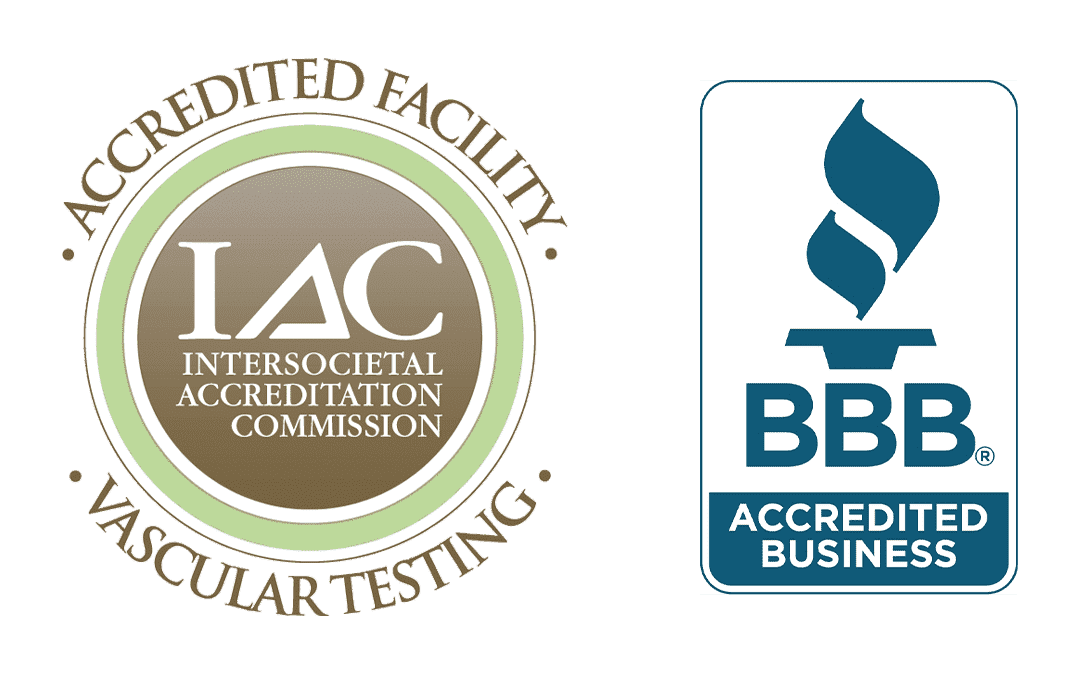The function of the carotid arteries is to bring blood to your brain and a build-up of plaque, made up mostly of fat and cholesterol, can occur inside these arteries. The plaque causes the arteries to become stiff; this is commonly referred to as “hardening of the arteries.” When the arteries become obstructed, the blood is not able to flow freely to the brain, and the brain is deprived of oxygen, glucose, and other nutrients that are needed. Strokes can occur when the plaque ruptures and sends debris to the brain blocking the cerebral arteries, damaging the brain.


You Have a Choice When It Comes to Vascular Care.
Get an Appointment at VIC In 3 to 5 Days – Without a Referral!
You Have a Choice When It Comes to Vascular Care.
Get an Appointment at VIC In 3 to 5 Days – Without a Referral!
Preventative measures can be taken to prevent or slow the disease progression. With additional lifestyle adjustments one can also decrease progression:

Early carotid artery disease is usually asymptomatic. Higher degrees of stenosis can present as a stroke or a mini-stroke. This includes transient blindness in one eye, weakness or numbness of an arm or leg, paralysis of the face, or speech problems.
A non-invasive Duplex Ultrasound examination is the best and most effective test to determine your risk and the severity of the disease. If you experience symptoms of stroke, contact your primary care doctor, and be evaluated.
